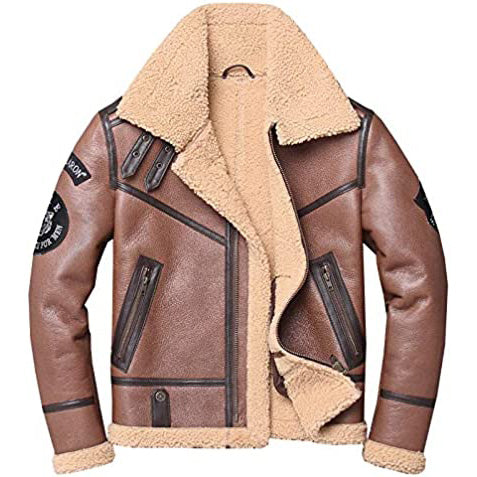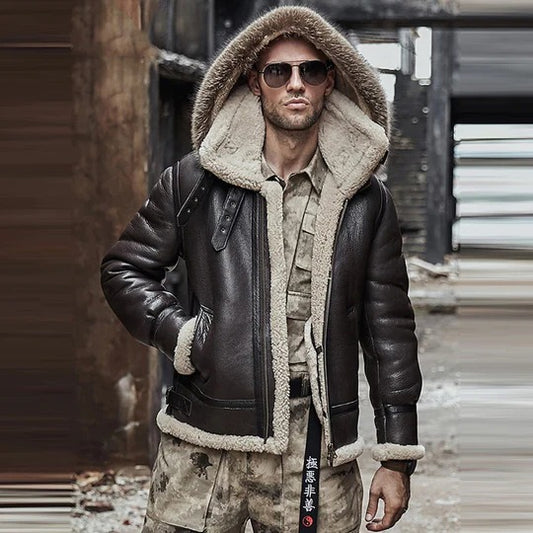How Is Leather Dyed? You Asked, We Answered
Leather is a versatile and luxurious material used in various industries, from fashion to upholstery. Have you ever wondered how leather gets its vibrant colors and unique shades? In this article, we will explore the fascinating world of leather dyeing, uncovering the secrets of this intricate process. Join us on this journey as we delve into the art and science of leather dyeing.
Understanding the Basics of Leather Dyeing
Leather dyeing is a complex process that involves adding color to leather hides while preserving their natural texture and characteristics. It's a delicate balance of chemistry, craftsmanship, and creativity. Let's break down the basics:
1. Choosing the Right Type of Leather
The journey of leather dyeing begins with selecting the appropriate type of leather. Different types, such as full-grain, top-grain, and suede, have distinct characteristics that influence the dyeing process. The choice of leather can determine the final color intensity and texture.
2. Preparation and Cleaning
Before applying any dye, leather must undergo thorough preparation. This includes cleaning the surface to remove dirt, oils, and any previous finishes. The cleaner the leather, the better it can absorb the dye evenly.
3. Applying the Dye
Once the leather is clean and ready, the dyeing process can commence. There are various methods for applying dye, including spraying, brushing, or dipping. Each technique offers different results, allowing artisans to achieve the desired effect.
4. Choosing the Right Dye
Leather dyes come in a range of types, including water-based, oil-based, and alcohol-based. The choice of dye depends on the desired color, finish, and the specific type of leather being used.
5. Multiple Coats and Layering
To achieve deep and vibrant colors, leather often requires multiple coats of dye. Each layer adds richness and depth to the final hue. Layering also allows artisans to create unique color variations and effects.
The Artistry of Leather Dyeing
Leather dyeing is not merely a mechanical process; it's an art form. Artisans carefully blend colors, apply dyes strategically, and even use techniques like marbling and antiquing to create visually stunning effects. The human touch and attention to detail are what make each dyed leather piece a work of art.
The Role of Chemistry in Leather Dyeing
Behind the scenes, chemistry plays a crucial role in leather dyeing. Dyes contain pigments or colorants that bond with the leather fibers. Chemical reactions between the dye and the leather ensure that the color is not only vibrant but also long-lasting.
The Importance of Sustainability
In today's environmentally conscious world, the leather industry is making strides toward sustainable and eco-friendly dyeing practices. Vegetable-based dyes, reduced water usage, and recycling dye materials are just a few of the initiatives aimed at reducing the environmental impact of leather dyeing.
Your Questions Answered
Now that you have a better understanding of how leather is dyed, you might be wondering about some specific aspects of the process. Let's address a few common questions:
- Is leather dyeing harmful to the environment?
While traditional leather dyeing methods have raised environmental concerns, the industry is actively working on sustainable alternatives. Eco-friendly practices are becoming more prevalent.
- Can leather be redyed if I want to change the color?
Yes, leather can be redyed, but the process is more complicated than the initial dyeing. It requires stripping the existing color and carefully applying the new dye.
- Are there any DIY leather dyeing kits available?
Yes, there are DIY leather dyeing kits on the market for small projects. However, for larger or valuable items, it's advisable to consult a professional leather dyer.
In Conclusion
Leather dyeing is a captivating blend of science, artistry, and craftsmanship. It transforms raw leather into vibrant, eye-catching pieces that add style and character to our lives. While the process may seem mysterious, it's grounded in chemistry and enhanced by human creativity. As the leather industry continues to evolve, sustainability and eco-friendliness are at the forefront, ensuring a brighter and more colorful future for leather enthusiasts everywhere. So, whether you're a fashion connoisseur or a lover of leather goods, the next time you admire a beautifully dyed piece, you'll have a deeper appreciation for the artistry and science that went into its creation.




